The regex I got by progressively ripping out nodes (order: 3,1,2,0) is:
(aa|bb|(ab|ba)(bb|aa)*(ab|ba))*
As far as I can tell, that's the simplest it goes. (I'd love to know if anyone has a simpler reduction—I'm actually taking a test on this stuff this week!)
Step-by-step process
We start off by adding a new start and accept state. Every old accept state (in this case, there's only one) gets linked to the new accept state with an ε transition:

Next, we rip out state 3. We need to preserve all paths that run through state 3. In this case we've added a path from state 0 back to itself, paths from state 0 to state 2, and state 2 back to itself:

We do the same with state 1:

We can simplify this a bit: we'll concatenate the looping-back transitions with commas. (At the end, this will turn into the union operator (| or ⋃ etc. depending on your notation.)

We'll remove state 2 next, and get everything smooshed onto one big loop:

Loops become stars; we remove the last state so we just have a transition from the start state to the end state connected with one big regular expression:

And that's our regular expression!
Language definition
You're pretty close with the language definition. If you can allow something a little looser, it would be this:
L = { w | w contains an even number of 'a's and 'b's }
The problem with your definition is that you start the string w off with a every time, whereas the only restriction is on the parity of the number of a's and b's.






